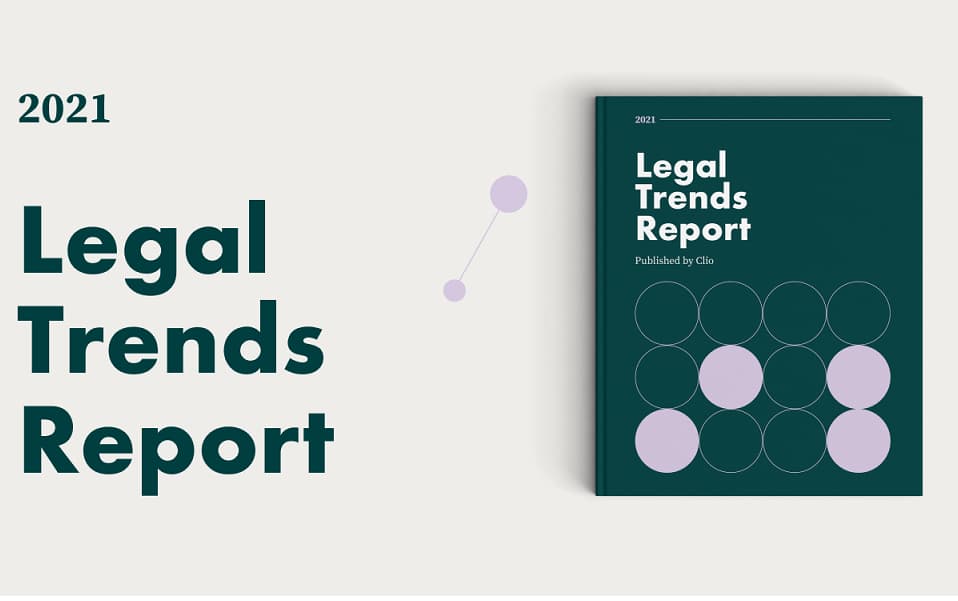There’s no doubt that the past two years have sparked an unprecedented level of change in both our personal and professional lives—and crucially, in how conveyancers run their conveyancing firms.
The question that should be on every conveyancing firm’s mind is, what’s next? Practice management software company Clio can give some insight into this very question.
In the brand-new Legal Trends Report, just released by Clio, Clio has analysed data from thousands of firms and legal professionals to assess the level of technology adoption and growth markers of the most successful firms.
The results strongly indicate that new technology-enabled capabilities are part of a longer-term shift that will be further driven by consumer demand for more remote-enabled legal services.
Some key insights from the report are as follows.
The Measures That Matter for Revenue
The data reveals that there is one thing that legal firms who are growing their revenues do more of than other firms: embrace cloud-based and client-centred technology.
Firms that had, on average, increased their revenues by 135% since 2013 were seen to have adopted cloud-based client-centred solutions at much greater rates than other firms. Overall, those firms who were growing were:
- 41% more likely to use online client portals
- 46% more likely to use online client intake and relationship management solutions
- 37% more likely to be using online payment solutions
The success of these firms underscores the importance of understanding how to effectively harness the benefits of these flexible technologies in an ever-tightening and highly competitive market.
Measuring Success
Another of the most striking differences in technology adoption among growing firms observed in the 2021 Legal Trends Report was their use of firm reporting tools.
As a whole, growing firms are twice as likely to be using reporting tools than shrinking firms—a difference that reached as high as 175% in 2019.
The takeaway from this data is that growing firms are more likely to increase their revenues because they have access to the information and insights that help them assess how their business is performing, which also allows them to focus more attention on planning for additional, ongoing growth over the long term.
Client-Led Change
The increased adoption of technology also reflects a massive change in legal client attitudes and expectations.
In 2018, only 23% of consumers were open to working with a lawyer remotely. Now, as shown in the 2021 Legal Trends Report, much of this change is client-led:
- 79% of consumers see the ability to work remotely with a lawyer as a key factor in choosing who to work with.
- 67% said they would look for a lawyer offering both remote and in-person options when searching for a lawyer.
- 58% want the option to have a consultation through video.
This is just a small selection of key findings from Clio’s recent Legal Trends Report. Published annually for six years, it is widely considered one of the most trusted resources globally for insights into the current and future state of legal.
If you’re seeking to grow your law firm, the insights contained in this industry report could prove invaluable.
The 2021 Legal Trends Report is available to download for free by clicking here.
Or, to see for yourself how Clio can support your conveyancing firm to work more effectively while increasing revenue, request your free 7-day trial today.
This article was submitted to be published by Clio as part of their advertising agreement with Today’s Conveyancer. The views expressed in this article are those of the submitter and not those of Today’s Conveyancer.





















One Response
In 1970 the UK’s first consumer based investigation of English conveyancing found that one of the favourite “any other comments?” responses questioned a failure to use technology.
The bias against change remains a danger to solicitors and conveyancers retaining the privileged position of reserved matters